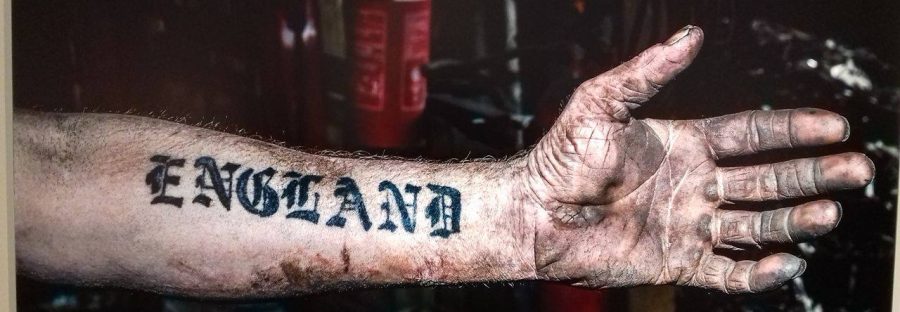Art Review: Strange and Familiar at The Manchester Art Gallery
- NQ's Jordan Murphy reviews the new art exhibit 'Strange and Familiar' at the Manchester Art Gallery
- The collection of imagery takes a look at Britain from an outside perspective
Britons are very proud of their country, though they may not often show it. From the long history of British traditions to still have a monarchy in the 21st century, Great Britain is small but mighty. That's how a fellow Briton see’s it anyway, but what about an outside view?
Strange and familiar is an exhibition dedicated to the years gone by in the land of hope and glory. Pictures taken from as early as 1953, the exhibition takes a look at British history, traditions and heritage through foreign eyes.
With photographers coming from all over the world, strange and familiar produces feelings of nostalgia, depression and uneasiness throughout its gallery.
The representations of Britons throughout the exhibition are not only diverse but intriguing. Everything from the tensions of an anti-war protest to something as mundane as waiting for a bus can be found in this wonderful collection.
Most of the pictures on show are in black and white, this works well, but with the majority of the exhibition having black and white images makes the coloured pictures stand out even more. It gives the feeling of nostalgia, and though the images would be before the majority of the viewers time, it’s easy to imagine yourself there.
The images on show take the viewer on a trip back in time. We as Britons know how Britain has evolved, however seeing it as a foreigner must be quite interesting. It shows how Britain has evolved over the years, earlier images present the cliché of the woman housewife and the man labourer, but this changes as the exhibition goes on. The images can seem depressing at first glance, but a further look will reveal they seem happy with their lives.
As the exhibition moves on and Britain evolves with time, post millennium is revealed and you fully understand how the British public has changed. With simple images of close up head shots, you are introduced to four Brits. Each has their story to tell, minimal information is given about these four people and as you look you become increasingly more uncomfortable. The four presented seem to be stereotypes of how working class Britons are perceived.
The first is glamorous and caked in makeup, but she looks upset, the second looks to be an old alcoholic, his nose is purple, his teeth are missing and he has a distant look in his eyes, the third looks like he eats razor blades, has a thick cockney accent and will glass you before saying hello and the fourth is a withered old lady with rollers in her hair who looks like she will hurl abuse at you from her window. They all have different stories but have been cut from the same cloth. It’s uncomfortable as it is beautiful. Brits are often seen as posh speaking snobs, who drink tea and eat scones, this shift in tone really shows how diverse the British population is.
As the exhibition ended, there was one last image to see, perhaps the most powerful, it was a lone man with dirty hands, chipped fingernails and a tattoo across his arm that read ‘England.’
Overall, this exhibition was excellent, not only are the representations of British people accurate, but it offers a diversity that perhaps goes unseen by foreign people.


